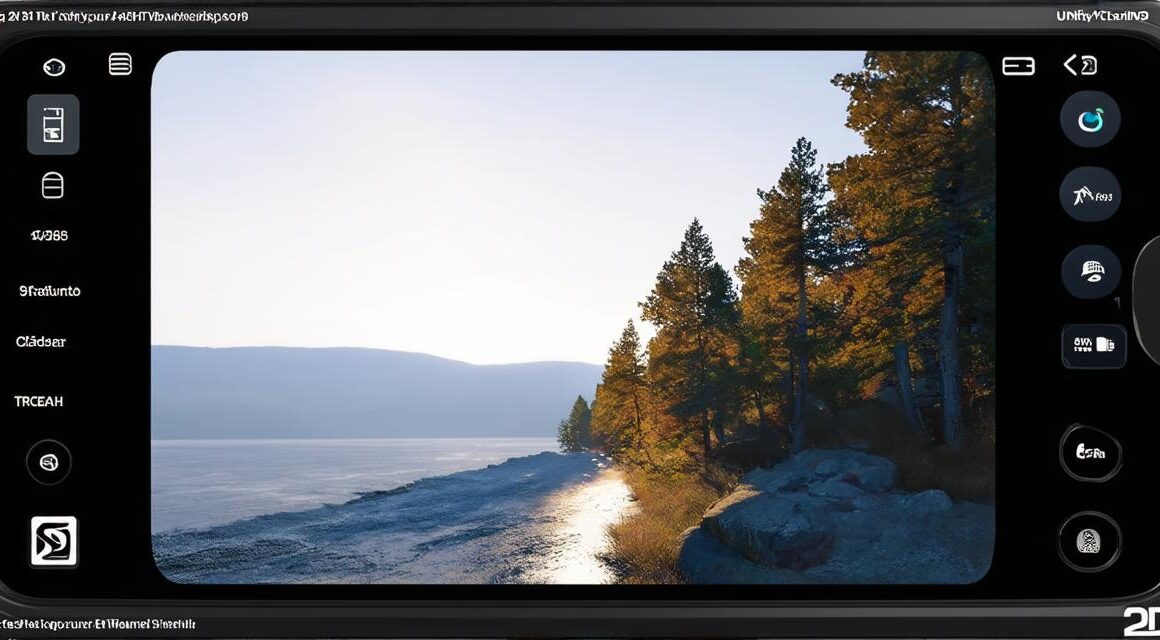Augmented reality (AR) is becoming increasingly popular in gaming and interactive applications. It allows users to interact with digital content in the real world, creating a unique and engaging experience.
One of the most powerful tools for building AR apps is Unity 3D, a versatile game engine that supports a wide range of platforms and devices. In this guide, we will explore the process of creating an AR app using Unity 3D, from setting up the development environment to publishing and marketing the final product.
Before diving into the technical details, let’s first define what AR is.
Augmented reality is a technology that superimposes digital content onto the real world. This can include images, animations, sounds, and even interactive elements. AR apps are designed to provide an immersive experience that blends the real world with virtual elements.
Now that we have a basic understanding of what AR is let’s move on to the next step, which is setting up the development environment.
To create an AR app using Unity 3D, you will need to install the latest version of the engine and set up your project. Here are the steps:
- Install Unity 3D: Visit the official Unity website (https://unity.com/) and download the latest version of the engine. Follow the installation instructions provided.
- Create a new project: Once you have installed Unity, open the engine and create a new AR project. Select “Augmented Reality” as the project template and give your project a name.
- Import your assets: To start building your AR app, you will need to import your assets into the project. This includes 3D models, textures, and any other content you want to include in the app. You can import these assets using the Unity Asset Store or by exporting them from other software.
- Set up the camera: In an AR app, the camera is what captures the real world and displays it alongside virtual elements. To set up the camera, create a new camera object in your scene and position it at a location that allows you to see the real world.
- Create a new script: Next, you will need to create a new script to control the behavior of your AR app. This script should include code for detecting the real-world environment and placing virtual objects in the correct location. You can use the Unity documentation to learn more about creating scripts.
- Test your app: Finally, test your AR app to make sure it is working as expected. You can use the Unity Editor to run a local version of the app or export it to a device to test it in the real world.
Now that you have set up your development environment let’s move on to the next step, which is building your AR app. The process will depend on the specific requirements of your project, but here are some general steps to follow:
- Design your app: Before you start building your app, it’s important to have a clear idea of what you want to achieve. Sketch out your design and create a prototype to test your ideas.
- Create your virtual content: Using 3D modeling software or the Unity Asset Store, create the virtual content for your AR app. This can include 3D models, textures, animations, and other elements.
- Implement AR tracking: To make your app work, you will need to implement AR tracking. This involves using the camera to detect the real-world environment and placing virtual objects in the correct location. You can use the Unity documentation to learn more about implementing AR tracking.
- Add interactive elements: Once you have implemented AR tracking, you can add interactive elements to your app. This can include sounds, animations, and other elements that respond to user input.
- Test and refine: Finally, test your AR app thoroughly and make any necessary changes. You may need to iterate through this process multiple times until you are satisfied with the final product.
Now that we have covered the technical aspects of creating an AR app using Unity 3D let’s talk about marketing and publishing.



